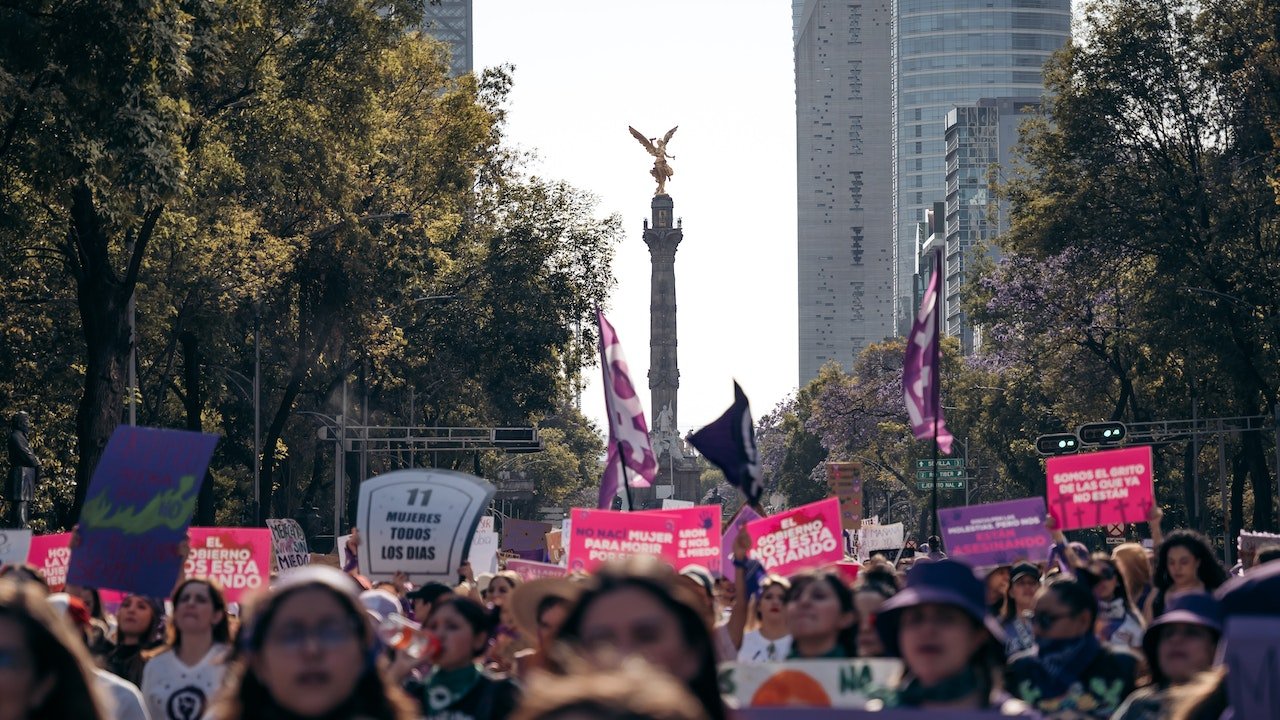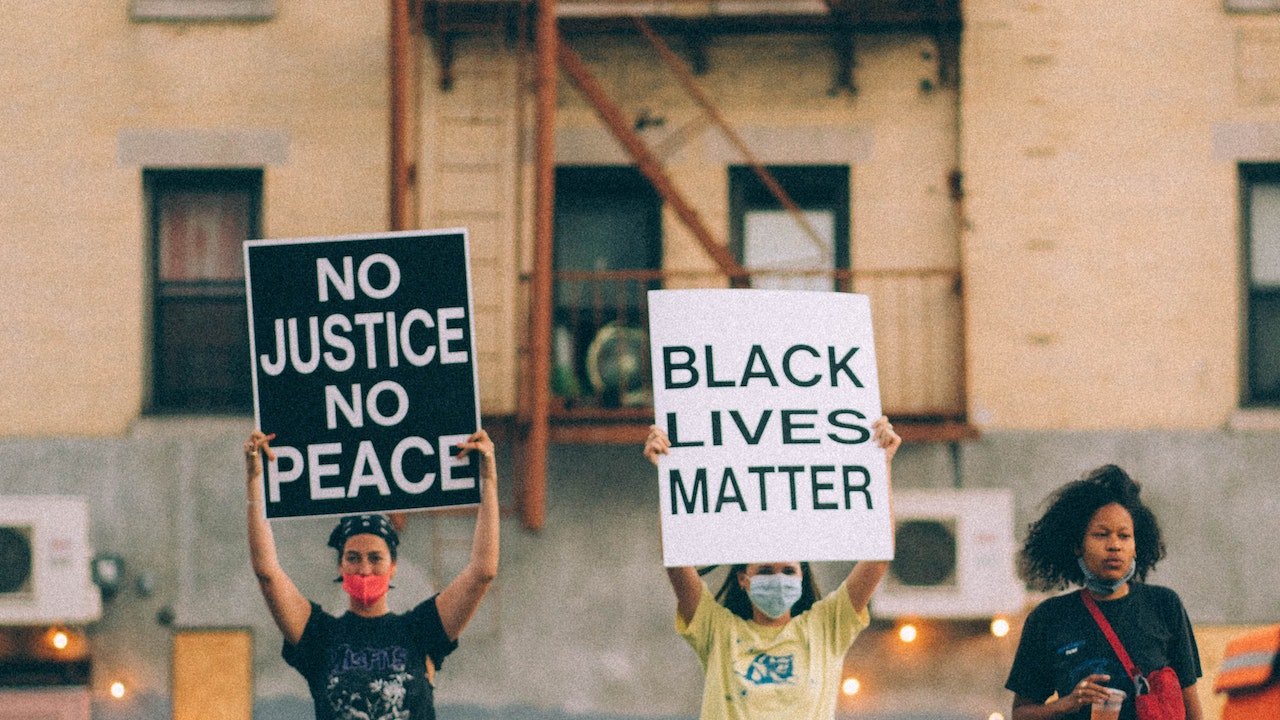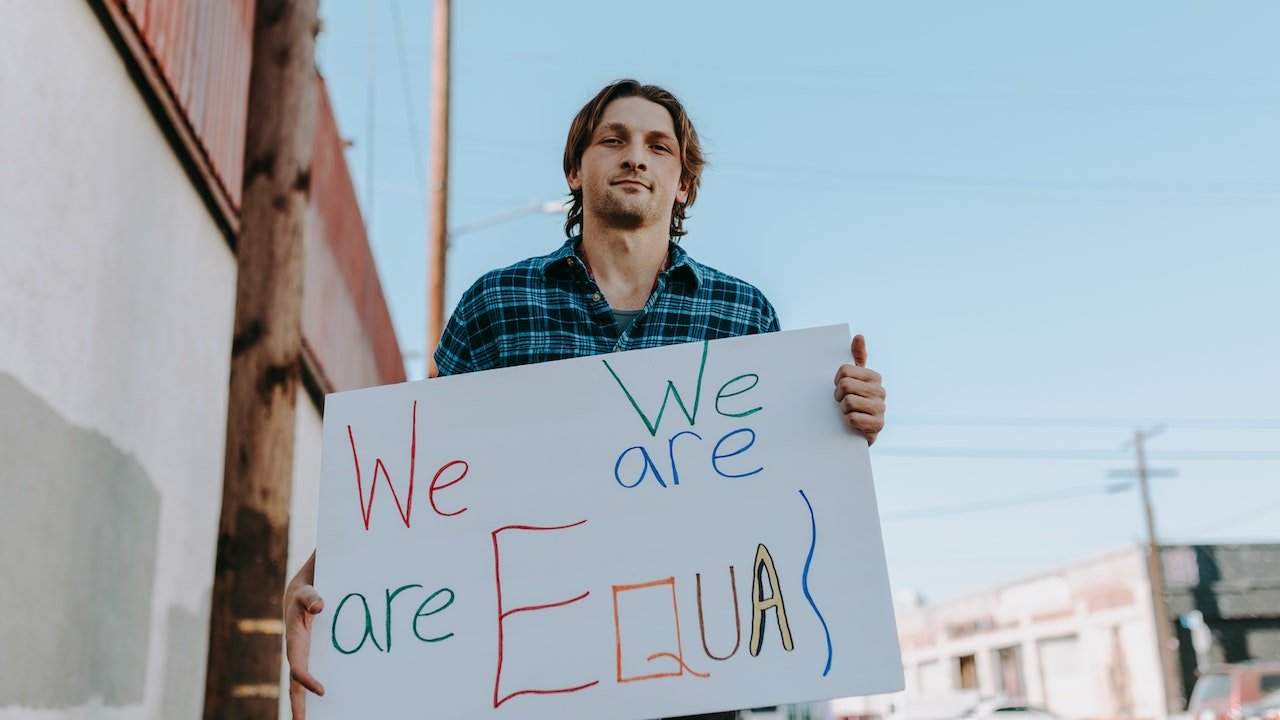Religious Freedom and Civil Rights Laws 2023


In order to safeguard individual liberties and advance equality, civil rights laws, and religious freedom are two fundamental components of contemporary society. Although these ideas are essential to the development of a country’s legal system, there are instances when they collide, giving rise to difficult conversations and disagreements. This article will examine the interrelationship, relevance, and coexistence between civil rights legislation and religious freedom in today’s multicultural and diverse countries.
Any democratic society’s foundation includes civil rights laws and religious freedom. Even though they have separate functions, they frequently collide, creating difficulties that necessitate cautious navigation. In this article, we will examine the terminology, historical background, existing legal precedents, and societal ramifications of this complex connection.
Define and Describe
Religious freedom is the term used to describe a person’s or a group’s freedom to practice their religion without hindrance or compulsion from the state or other authorities. It includes a number of things, including the freedom to practice one’s religion openly, to express one’s religious convictions, to participate in religious ceremonies, and to interact with people of faith.
Historical Background
Religious liberty has frequently come up in the fight for human rights throughout history. The need to safeguard people’s freedoms of religion has been acknowledged by civilizations ever since the Edict of Milan in 313 AD and the First Amendment of the United States Constitution. However, over time, particularly as nations have become more diverse and multicultural, the meaning and implementation of religious freedom have changed.
Laws Protecting Civil Rights Are Important
How to Define Civil Rights
For all people, regardless of race, color, religion, sex, or national origin, equal treatment and opportunities are guaranteed by a broader range of rights and safeguards known as civil rights. The ability to vote, use public amenities, equitable housing, access to education, and career prospects are just a few of these rights.
Milestones and Evolution
Over time, there have been substantial changes in civil rights laws, with key instances serving as turning points in the struggle for equality. The global landscape of civil rights laws is changing as a result of the abolition of slavery, the civil rights movement in the United States, and the ratification of international treaties.
Overlapping Rights: Obstacles and Attempts at Balance
Religious freedom and anti-discrimination laws
Complex problems can arise when anti-discrimination laws and religious freedom coexist. While everyone has the freedom to freely practice their religion, it shouldn’t interfere with others’ rights or constitute a pretext for discrimination. The balancing of these conflicting interests calls for serious thought and legal study.
Compromise and Accommodation
Accommodation and compromise are frequent components of efforts to reconcile competing claims. This might entail making acceptable exceptions or modifications for religious practices while upholding anti-discrimination laws. Respect for both civil rights and religious freedom can be attained by finding the correct balance.
Read More: Understanding Civil Rights Laws: A Comprehensive Guide 2023
Legal precedents and defining instances
Workplace Discrimination
The legal environment has been significantly shaped by cases alleging employment discrimination based on religious convictions. Courts have struggled to define the limits between employers’ duties to guarantee a discrimination-free workplace and religious freedom.
Healthcare Services and Religious Objections
When religious restrictions prevent the provision of specific medical procedures, such as abortion or contraception, it raises still another difficult issue. In order to provide access to necessary medical care, courts have had to take religious beliefs into account to what extent this should be done.
Scale Balancing: Government Involvement
Regulatory Actions
Through enacting laws, governments have a significant influence on how religious freedom and civil rights interact. These may involve enacting legislation to protect both religious liberty and anti-discrimination ideals or developing channels for resolving disputes as they occur.
Decisions of the Court and Judiciary
Courts offer crucial interpretations of civil rights and religious freedom legislation, creating legal precedents that direct subsequent cases. Their choices strike a balance between conflicting rights, and defining the bounds of acceptable behavior.
The Function of Social Discourse and Public Opinion
Attitudes and Perceptions of the Public
In shaping the conversation around civil rights and religious freedom, public opinion is a key factor. Discussions and debates that are still going on are influenced by different points of view, cultural contexts, and shifting social norms.
Discussions and Disputes
When certain situations grab the public’s attention, disputes over civil rights and religious freedom frequently start. These discussions shed light on the complexity of the matter and help people comprehend the difficulties in preserving a harmonic balance.
The Next Step Is to Find Common Ground
fostering communication and understanding
Finding common ground requires encouraging communication and comprehension. A culture of tolerance and respect for one another is fostered by promoting polite and open dialogue between religious communities, decision-makers, and civil rights activists.
promoting tolerance and respect
It is important to promote tolerance and respect if we are to create a society that protects both civil rights and religious freedom. A culture that values and respects other ideas can be fostered through education, awareness campaigns, and community participation activities.
Conclusion
A just and equitable society is built on the essential pillars of religious liberty and civil rights legislation. While there may be difficulties when these rights collide, it is crucial to establish a compromise that respects personal freedoms while preventing discrimination. Societies can work to establish an inclusive atmosphere where everyone is treated with dignity and equality through open discussion, legislative action, and public involvement.
FAQs
Are civil rights laws and religious freedom at odds with one another?
There may be difficulties when civil rights laws and religious freedom overlap. To ensure the protection of both individual liberties and equality, it is necessary to balance these rights after considerable thought and legal study.
How do courts decide when religious freedom and anti-discrimination legislation intersect?
When deciding where to draw the line between religious freedom and anti-discrimination statutes, courts consider legal precedents, constitutional principles, and the particulars of each case. Their selections serve as guides for similar situations in the future.
What impact does public opinion have on the debate over civil rights and religious freedom?
The conversation around civil rights and religious freedom is influenced by public opinion. Divergent viewpoints add to debates and conversations, illuminating the nuances of the subject and fostering deeper comprehension.
How can civil rights and religious freedom be reconciled in society?
In order to discover common ground, it is essential to encourage communication, comprehension, respect, and tolerance. An environment that is inclusive and respects other ideas can be created through open dialogue, education, and community participation efforts.












One Comment